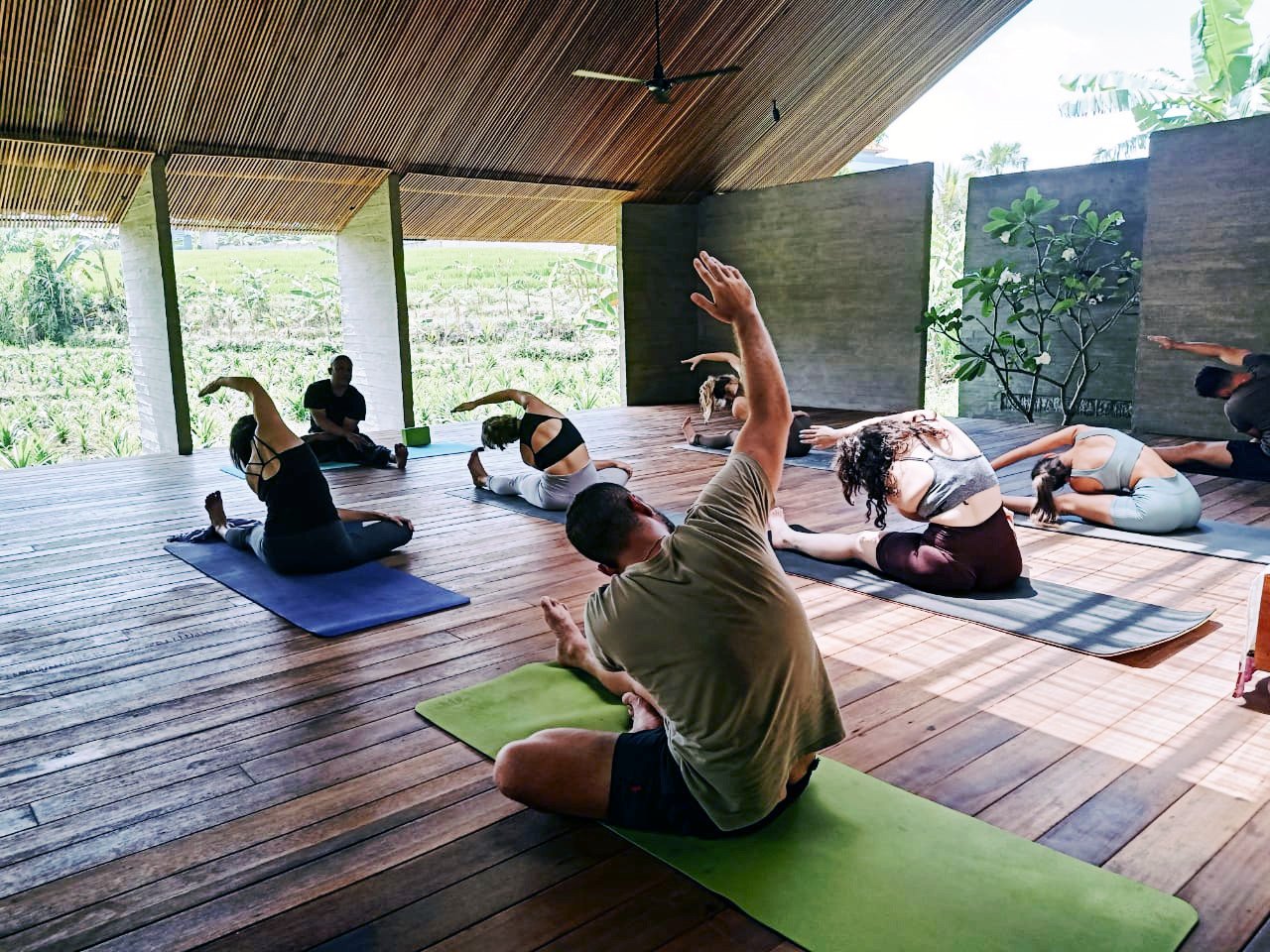Hatha Yoga vs Vinyasa: Finding Balance and Flow
Are you curious about the contrasting qualities of Hatha Yoga and Vinyasa Yoga? Before heading to your next yoga class, it’s important to be more informed.
In this article, we will delve into the distinct features of these two popular yoga styles. Hatha Yoga, known for its gentle and static poses, focuses on building strength and flexibility. On the other hand, Vinyasa Yoga emphasises fluid movements and breath synchronisation. Join us as we explore the differences, benefits, and which style may suit you best.
What is Hatha Yoga?
Hatha Yoga, derived from Sanskrit words "ha" (sun) and "tha" (moon), combines opposing energies to create harmony. This style emphasises mind-body exploration and alignment.
Due to its roots in ancient scripture, it is considered the first style of yoga from which all other forms are derived. The practise of Hatha yoga comes into play in the Eight Limbs of Yoga.
According to Pantanjali, asana - which is the third limb of the eight-fold path – allows one to attain liberation through cultivating Yoga-Deha; a body that overcomes limitation and resists disease.
Types of Yoga Poses
Hatha Yoga encompasses a wide range of asanas (poses) suitable for practitioners of all levels. These include basic standing poses, seated poses, forward bends, backbends, twists, and inversions. Each pose is held for an extended period, allowing for deeper exploration and refinement.
Benefits of Hatha Yoga
Enhances flexibility and strength.
Improves posture and alignment.
Reduces stress and promotes relaxation.
Increases self-awareness and mindfulness.
Balances energy flow in the body.
Hatha Yoga Philosophy
With its slow and mindful transitions, Hatha allows us to find a state of steadiness or sukha and shtira. Using our breath as an anchor into the present moment, we are able to find balance and ease within each asana.
Hatha Yoga incorporates philosophical principles from ancient texts like the Yoga Sutras and Hatha Yoga Pradipika. It encourages a holistic approach to well-being, inviting us to explore our inner energetic landscape.
Vinyasa Yoga: The Flowing Dance
What is Vinyasa Yoga?
Vinyasa Yoga, often referred to as "flow" yoga, emphasises seamless transitions between poses. It synchronises breath and movement, creating a dynamic and meditative practice. Nyasa means “to place” and the prefix vi roughly translates as “in a special way”.
Vinyasa Yoga Sequencing
Vinyasa Yoga sequences are carefully crafted to create a rhythmic flow. Poses are linked together with fluid movements and coordinated breathwork, resulting in a graceful dance-like practise. Vinyasa classes often incorporate sun salutations and creative variations.
Benefits of Vinyasa Yoga
Builds cardiovascular endurance and stamina.
Increases flexibility, balance, and coordination.
Enhances focus and concentration.
Boosts energy levels and uplifts mood.
Encourages mindful movement and meditation.
Core Philosophy
Vinyasa Yoga embraces the philosophy of "yoga as union" by integrating breath, movement, and awareness. It invites practitioners to find a state of flow, both on and off the mat, fostering a sense of interconnectedness.
Finding Your Flow
In the realm of yoga, Hatha and Vinyasa are two distinct yet complementary styles. Hatha Yoga provides a solid foundation for building strength and flexibility, while Vinyasa Yoga offers a flowing practice that builds stamina and fosters mindfulness. Each style has its own set of benefits, and the choice between the two ultimately depends on your goals and preferences. Whether you prefer the stillness of Hatha or the fluidity of Vinyasa, both paths lead to improved physical and mental well-being.

